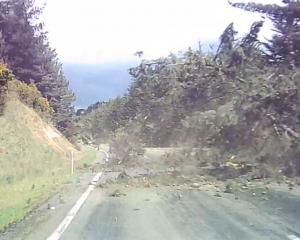
Concerns about the effects of commercial shellfish harvesting in Otago Harbour have been raised by recreational fishermen and Ngai Tahu.
Ministry of Fisheries analyst Allen Frazer said regular resource surveys to monitor the impact of harvesting had been peer reviewed and initial findings suggested little change in the numbers of clams in the area over the years.
"It is a very stable fishery." The results would now be presented to local runaka and recreational fishing groups, he said.
Southern Clams director Roger Belton said after 24 years of harvesting clams from Papanui Inlet and Waitati Inlet (Blueskin Bay) and six surveys later, he was "confident" his operation, which processed about 900 tonnes of clams and earned $5 million in exports, was "sustainable".
The biomass was consistent with previous surveys at 11,948 tonnes compared with the original biomass estimate 24 years ago, of 12,080 tonnes.
It appeared the growth and productivity had been enhanced through harvesting.
However, high bacteria levels had closed Papanui Inlet for the past 16 months, leaving the company reliant on Blueskin Bay.
Possible influences were the Dunedin City Council's sewage outlet at Lawyers Head, 16km from the inlet, or wildlife such as seals or black swans, he said.
The company, which employed 30, was now reliant on one harvesting area.
"Security of supply is everything. It's a very nervous position."
The company had also been investigating an alternative supply in Otago Harbour, where testing had shown the quality of shellfish to be better that Blueskin Bay, but Port Otago's plan to dredge significant areas of the harbour would disturb thousands of tonnes of shellfish, he said.












